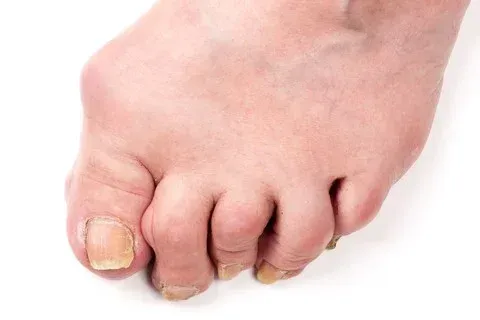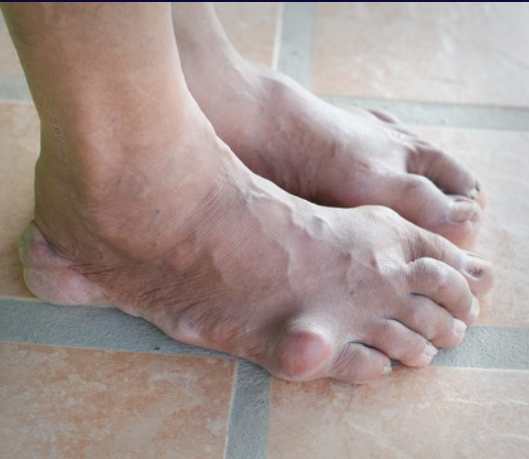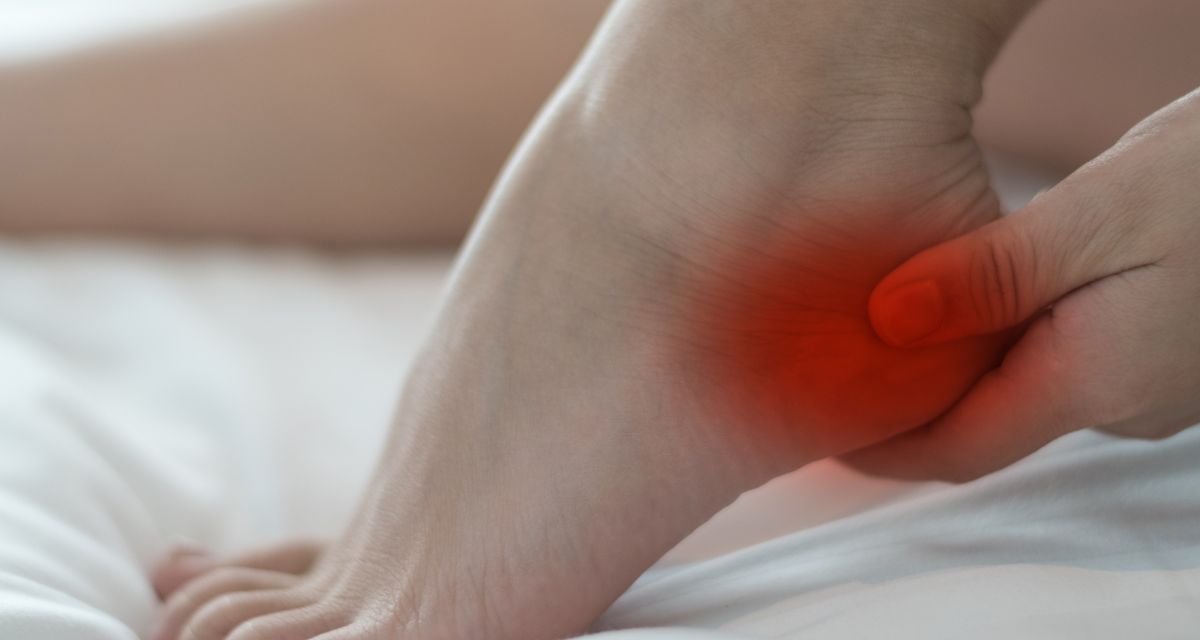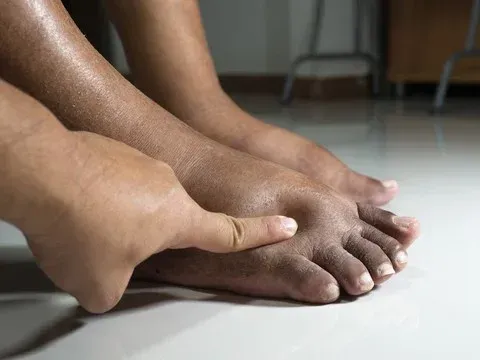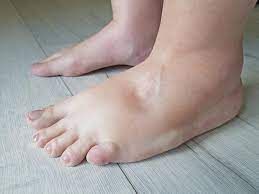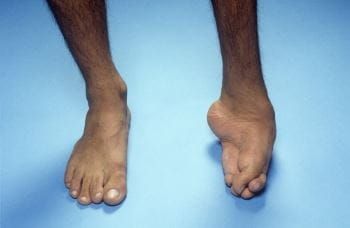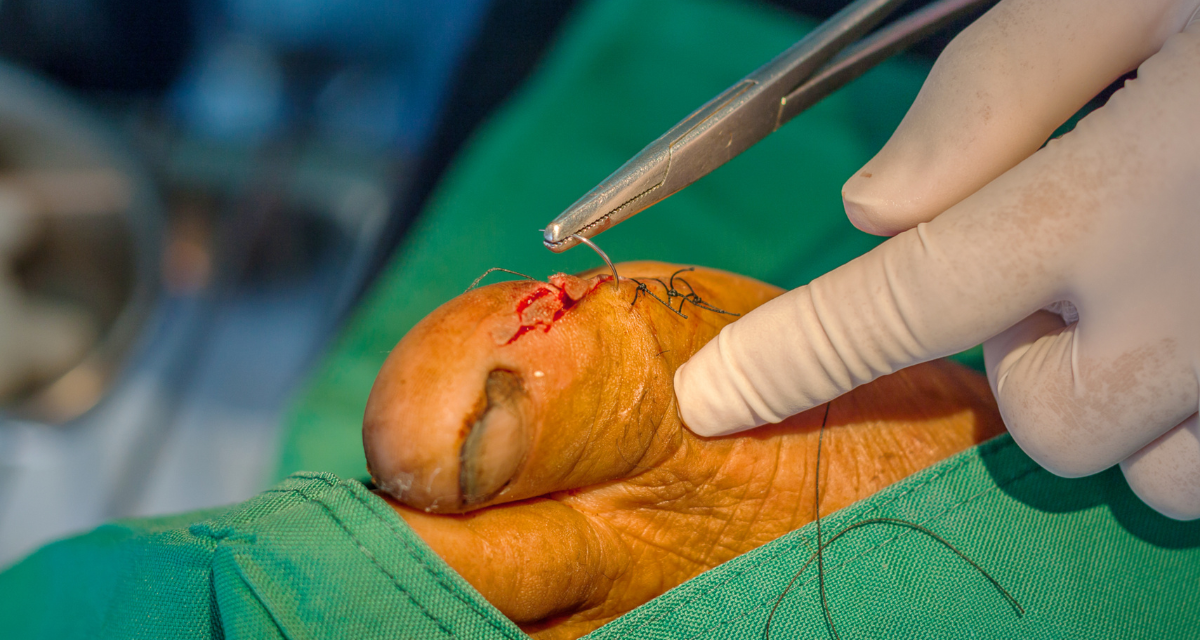Home > Foot & Ankle Condition We Treat > Gangrene
Gangrene
Gangrene is tissue death due to lack of oxygen supply. Tissue death leads to amputation and in extreme cases, death. Gangrene most often affects the feet and hands and is an urgent and serious condition which requires medical intervention. Medical intervention is the best way to halt the spread of tissue death.
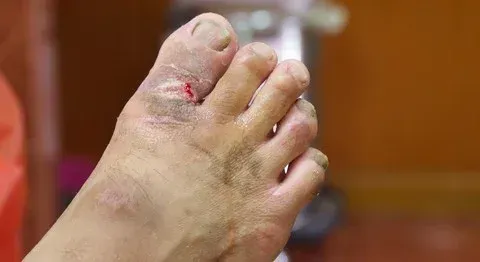
Request an Appointment
We will get back to you as soon as possible.
Please try again later.
Related Conditions
Quality Gangrene Treatment in Southfield, MI
What is Gangrene?
What causes Gangrene?
How is Gangrene Diagnosed?
How Does Foot Surgeon Treat Gangrene ?
What are the symptoms of Gangrene ?
How to prevent Gangrene ?
The major symptoms of gangrene (wet or dry) include:
Discoloration of the affected body part.
Skin assumes a shiny appearance.
Shedding of skin with a clear line separating affected skin from healthy skin.
Pain in affected part followed by loss of sensation.
The affected part will feel cold when touched with an attendant loss of pulse in the arteries.
Mode of treatment depends on the location, type, and severity of the condition. If you think you have symptoms of gangrene, seek immediate clinical care from a podiatrist near Wyandotte and Southfield. Doing so will minimize the risk of complications or death.
Effective treatment for gangrene can be done by a podiatrist and involves the following
measures:
Use of intravenous antibiotics
Surgery to remove dead tissue.
The podiatrist near Wyandotte and Southfield may call for reconstructive surgery including skin grafting.
The major symptoms of gangrene (wet or dry) include:
Discoloration of the affected body part.
Skin assumes a shiny appearance.
Shedding of skin with a clear line separating affected skin from healthy skin.
Pain in affected part followed by loss of sensation.
The affected part will feel cold when touched with an attendant loss of pulse in the arteries.
Diabetes is associated with gangrene. Diabetic neuropathy, or nerve death is when an individual has an injury, but fails to notice due to the loss of sensation, leaving the injury to become infected. Diabetes also has negative effects on the arteries, causing disruption of the blood supply to the extremities as oxygen is transported by red blood cells. Other risk factors include smoking and some underlying medical conditions like Raynaud’s disease.
If you have this condition contact a foot and ankle doctor in Wyandotte and Southfield.
The major cause of gangrene is poor or total loss of blood supply to a particular area. If blood ceases to flow to the affected area, it is deprived of nutrients and oxygen thus causing tissue death.
Dry forms of gangrene may result from:
Vascular problems cause poor blood supply to the extremities. In most cases this is caused by poor health of the veins and arteries in the toes and the legs. Vascular problems do not develop all at once, but occur gradually and are attributed to conditions such as high blood pressure, peripheral arterial disease, and diabetes.
Severe burns, cold and scalding may be caused by extreme cold, heat, and chemical agents.
Raynaud's disease impairs blood circulation to toes and fingers and occurs mostly in cold weather.
Diabetes extreme blood sugar levels cause damage to the nerves and blood vessels, resulting in educed oxygen supply to the extremities.
Wet forms of gangrene result from:
Deep, penetrating injuries
Immune deficiency
Embolism
Gas gangrene is the most severe form of gangrene, and can cause severe complications when not treated. It is often the result of severe untreated infection.


